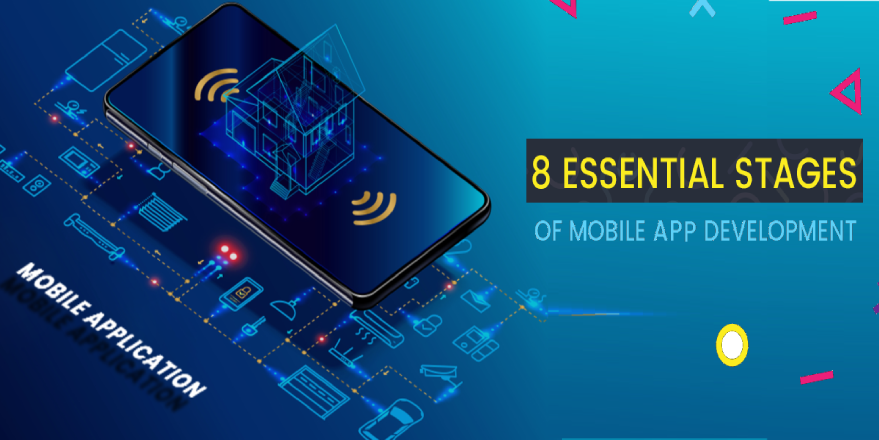
8 Step by Step Stages to Mobile App Development
 23 Aug 2023
23 Aug 2023
 AppcodeTechnologies
AppcodeTechnologies
Mobile application is no rocket science, but mobile application development does require extensive planning in advance. Creating a mobile app is no harder, in fact as easier as opening up an Integrated Development Environment (IDE).
It takes eight step by step stages for a mobile app development company that doesn’t wind up in a day’s work. But, in order to complete that fast, you need to follow a systematic process keeping the challenges and objectives into consideration.

-
Do have your own share of analysis
It all starts from an idea and you need to elaborate your ideation into full-fledged research. Prepare a complete report of what goals you want to achieve, what behaviour patterns need to be followed, what motivations a user needs to check out your app, and what demographics you need to target, so as to have a solid direction in mobile app development services with regards to buyer persona you are looking at.
-
Wireframe it all together sequentially
Document all the details and then sketch a wireframe to prepare a structure in order to connect one screen with another in terms of flow and usability. This is not just mere sketching but it’s about tracing a step by step process of using the app since it’s all about combining the ideas and interconnections together so as to form a structure that is indispensable and strongly associated with one another.
-
Assessment of technical feasibilities
The technicalities of the mobile application development are studied at this point to understand whether the front end and back end are working in conjunction with each other or not. Since by this time you will be having a fair idea of what you would be having in your app, and whether it would suffice your business requirements.
-
Building a prototype such as an MVP
A rapid prototype can be built in no time in the form of a minimum viable product with basic features and functionalities giving a fair idea of how the end product would turn out to be. A prototype is exactly how the end app would look in terms of when it will end up in the palm of users with basic offerings that would be upgraded or updated at a later stage with newer versions.
-
UI/UX designing of the app structure
This is where the interface is designed keeping in mind where the placing of elements would be in combination with the visual components placed at the right corners of an app real estate. Having a visual interface full of buttons, labels, links, media, and more is just not have as you need to have the right structural design in the backend making it easier to understand for users what kind of navigation one can expect while using the app, which would ultimately give rise to the user experience, a process implemented by a mobile app development company that the user goes through while using the app, to switch between screens.
-
Development via robust coding
Once UI and UX have been designed in place, it is time to instil soul inside an app by means of coding. An interface can have the right experience served to the users via programming that links both UI and UX together.
It is at this stage wherein bugs and errors are taken care of so that there isn’t too much load in the testing phase. This stage is taken utmost care of so that when the app moves on to the testing phase, it is prepared for the deployment phase with all the anomalies removed.
-
Testing app on quality assurance
When it comes to a mobile app, it’s always wise to test as much early as possible, and that too often as there is a high probability of bugs and errors arising at so many different points of mobile app development services. When you have testing done frequently early on based upon feedback, you can avoid a hell lot of iterations arising due to technical abnormalities arising showing up gradually down the line.
-
Submitting to the application stores
So, now you are all set to submit your app into the application store. Take your time in the testing phase so as to get rid of loopholes, making it way easier for the app to get approval on App Store and Play Store.
The task doesn’t end here for mobile app development services as one needs to constantly roll out updates and upgrades based upon the ongoing feedback from users. Usually, it all actually begins after application store submission since an app can’t be perfect in all respects and there constantly are modifications required to keep the app up-to-date.
How to go about with your mobile app creation?
We just discussed eight sequential steps of mobile application development towards the mobile app. However, it can vary depending on how big or small, simple or complex the app is.
You might cut down on a couple of steps depending on how much you are exceeding in terms of budget and time frame. But, if you are going sequentially as a mobile app development company then there is no way you are going to get wrong with your mobile app.

The Power of Email: How to Stay 'Top of Mind' with Your Customers

How Marketing Brand Can Boost Your Sales and Profits?
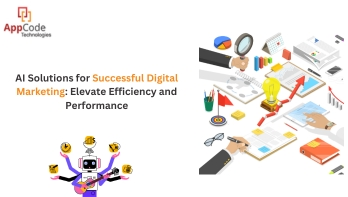
AI Solutions for Successful Digital Marketing: Elevate Efficiency and Performance

What is ROAS in E-Commerce? How to Maximize Your Return On Ad Spend?

Optimizing Ecommerce Sales Through Google Ads

The Power of Email: How to Stay 'Top of Mind' with Your Customers

How Marketing Brand Can Boost Your Sales and Profits?

AI Solutions for Successful Digital Marketing: Elevate Efficiency and Performance

What is ROAS in E-Commerce? How to Maximize Your Return On Ad Spend?

Optimizing Ecommerce Sales Through Google Ads

Points to Consider When Using B2B Digital Marketing

How to increase your ECommerce Online Store Sales?
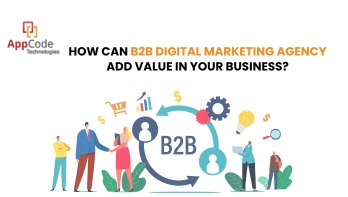
How can a B2B Digital Marketing Agency add Value in Your Business?
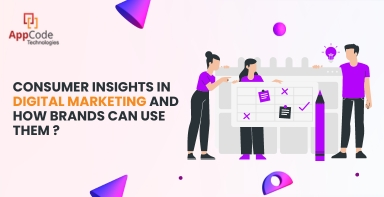
What are consumer insights in digital marketing, and how brands can use them ?
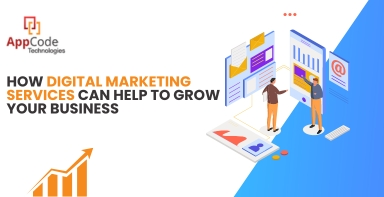



 Digital
Digital Ecommerce
Ecommerce Marketing
Marketing Search Engine
Search Engine Social Media
Social Media Web
Web Hire
Hire


